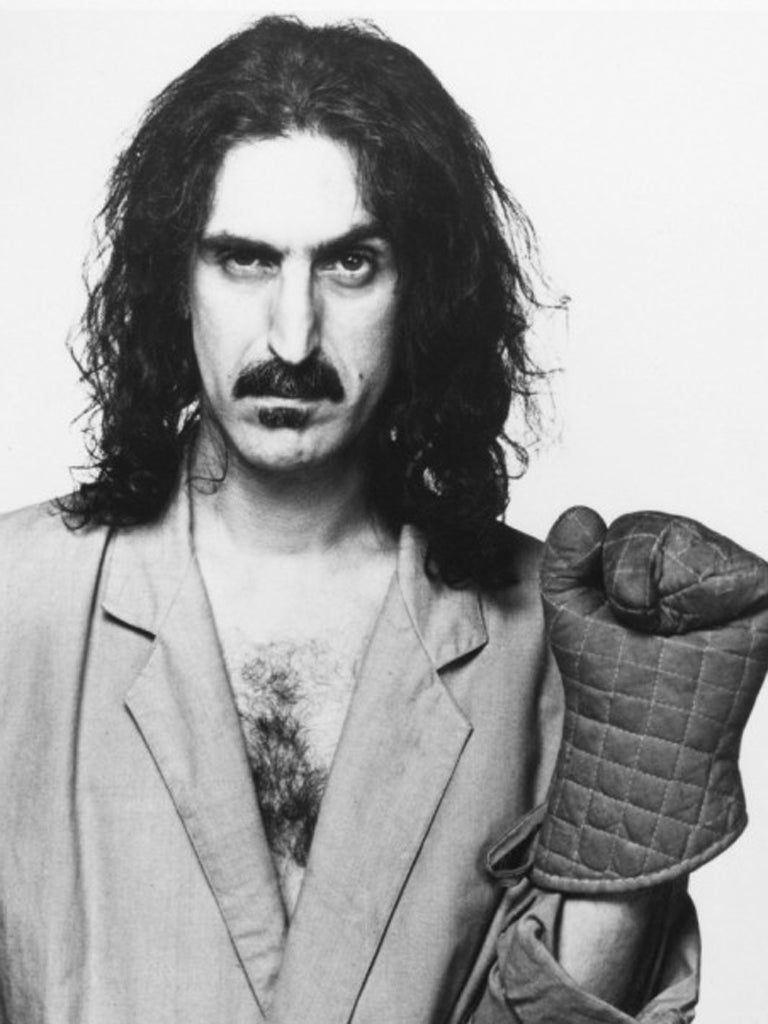Rock 'n' Roll in Four Movements, Radio 4, Thursday BBC Proms, Radio 3, daily
Concerto for hairies and orchestra

Your support helps us to tell the story
From reproductive rights to climate change to Big Tech, The Independent is on the ground when the story is developing. Whether it's investigating the financials of Elon Musk's pro-Trump PAC or producing our latest documentary, 'The A Word', which shines a light on the American women fighting for reproductive rights, we know how important it is to parse out the facts from the messaging.
At such a critical moment in US history, we need reporters on the ground. Your donation allows us to keep sending journalists to speak to both sides of the story.
The Independent is trusted by Americans across the entire political spectrum. And unlike many other quality news outlets, we choose not to lock Americans out of our reporting and analysis with paywalls. We believe quality journalism should be available to everyone, paid for by those who can afford it.
Your support makes all the difference.On 24 September 1969, "several thousand hairies", as one music critic recalls, and a handful of the baffled old guard crowded into the Royal Albert Hall for the first performance of Concerto for Group and Orchestra by Jon Lord, a landmark occasion that brought together Lord, and the rest of Deep Purple, with the Royal Philharmonic Orchestra. For many, this was the moment rock and classical met in the middle. No doubt inspired by the release next month of a new recording of the piece, DJ Stuart Maconie retraced the 40-odd years of crossover that ensued, and wondered why rock wants to go classical, in Rock'n'Roll in Four Movements.
The answer seems to be that pop aspires to the range and scale of orchestral music. The chance came, as it had for jazz, when it left behind its primary role as dance music.
Since the flamboyant early days, the most innovative crossover musicians have turned not to ornate Baroque or blasting Romanticism but to current, or at least Modernist, composers: in the case of Frank Zappa, to Varèse and Boulez. These days, Jonny Greenwood meets Varèse halfway too, taking with him obsolete instruments such as the theremin.
What the programme lacked was the view of the classical musicians. (Lord claimed they were more interested at his rehearsals in a copy of Playboy.) Nor did it point out that, at that first performance, Concerto for Group … was only one item on the programme, which also included the Sixth Symphony by the evening's conductor, Malcolm Arnold, himself a master of crossover.
Still at the Albert Hall, the BBC Proms perform their nightly loaves-and-fishes miracle for two more weeks: for every rapt member of the live audience, thousands more worldwide listen in, busy and unseen. A basket of ironing was my dancing partner for Prom 52, Valery Gergiev conducting the London Symphony Orchestra in Prokofiev's complete ballet music for Cinderella. With no words, no movement, there was still no mistaking the glittering ballroom or the shock of the midnight chimes in this angular roaming score. No wonder the rockerati sometimes look at the orchestra with envy.
Join our commenting forum
Join thought-provoking conversations, follow other Independent readers and see their replies
Comments